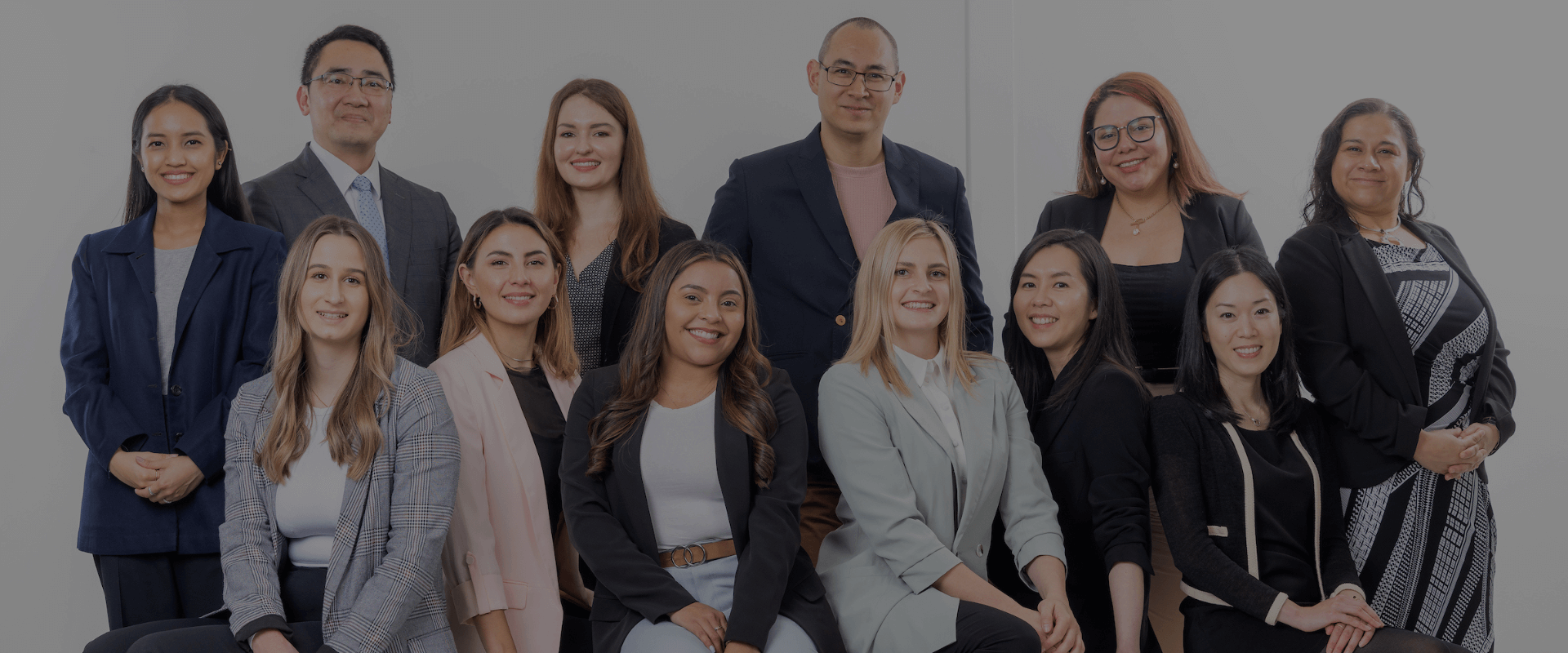BUSINESS SPONSORED
Sub class 482/186/494/194
Sub class 482/186/494/194
The Temporary Skill Shortage Visa (TSS) (Subclass 482) was introduced as a replacement of the Temporary Work Visa (Subclass 457).
The TSS visa subclass 482 is designed to assist employers who are unable to meet their skilled Australian workforce needs from the local labour market to sponsor overseas workers in a nominated occupation to live and work in Australia.
You will select this stream if your nominated occupation is on the Short -Term Skilled Occupation list (STSOL) for a TSS Visa. This visa allows you to stay in Australia up to 2 years.
You will select this stream if your nominated occupation is on Medium and Long-term Strategic Skill List (MLTSSL). This visa allows you to stay in Australia for up to 4 years with the pathway to apply for the ENS (Employer Nomination Stream) visa for permanent residency.
The application process is generally three stages to sponsor a skilled worker under the subclass 482 visa program (both streams):
Employer applies to be a sponsor.
Employer nominates a position.
Employee applies for a visa.
Applications for each of these three stages can be submitted at the same time.
This permanent visa allows Australian employers to nominate highly skilled applicants to work in their business. The scheme is designed to assist employers who are unable to meet their skilled Australian workforce needs from the local labour market.
There are 2 main stages involved with the ENS visa. The nomination stage, where the business provides evidence that they are actively and lawfully operating and there is a genuine need for the nominated person, and the visa application stage, where the skills of the applicant are assessed.
A designated area migration agreement (DAMA) is a formal agreement between the Australian Government and a regional, state or territory authority. It provides access to more overseas workers than the standard skilled migration program. DAMAs operate under an agreement-based framework, providing flexibility for regions to respond to their unique economic and labour market conditions.
A DAMA is a two-tier framework covering a defined regional area. The first tier is an overarching five-year deed of agreement (head agreement) with the region’s representative. The second tier comprises individual labour agreements with employers under the settings of the head agreement for that region.
DAMA head agreements are between the Australian Government and a Designated Area Representative (usually regional bodies such as Chambers of Commerce, Regional Development Australia offices, or Shire Councils). They contain a range of occupations as well as agreed terms and concessions to skilled visa eligibility criteria, as negotiated between parties. Once a DAMA head agreement is established, businesses in the region may seek individual DAMA labour agreements under the head agreement terms and concessions.
Individual DAMA labour agreements are between the Australian Government and endorsed employers/businesses operating within the relevant designated region. They:
Employers must seek and gain endorsement from the Designated Area Representative before lodging a labour agreement request online through Immiaccount. The online form in Immiaccount outlines the requirements and supporting documentation required for labour agreement requests.
Where a DAMA labour agreement is approved, the business will be able to nominate and sponsor skilled and semi-skilled overseas workers for certain occupations (each DAMA Head Agreement covers a specified range of occupations).
DAMAs ensure employers recruit Australian citizens and permanent residents as a first priority. Among other things, employers must demonstrate a genuine attempt to recruit Australians prior to getting access to a DAMA labour agreement.
